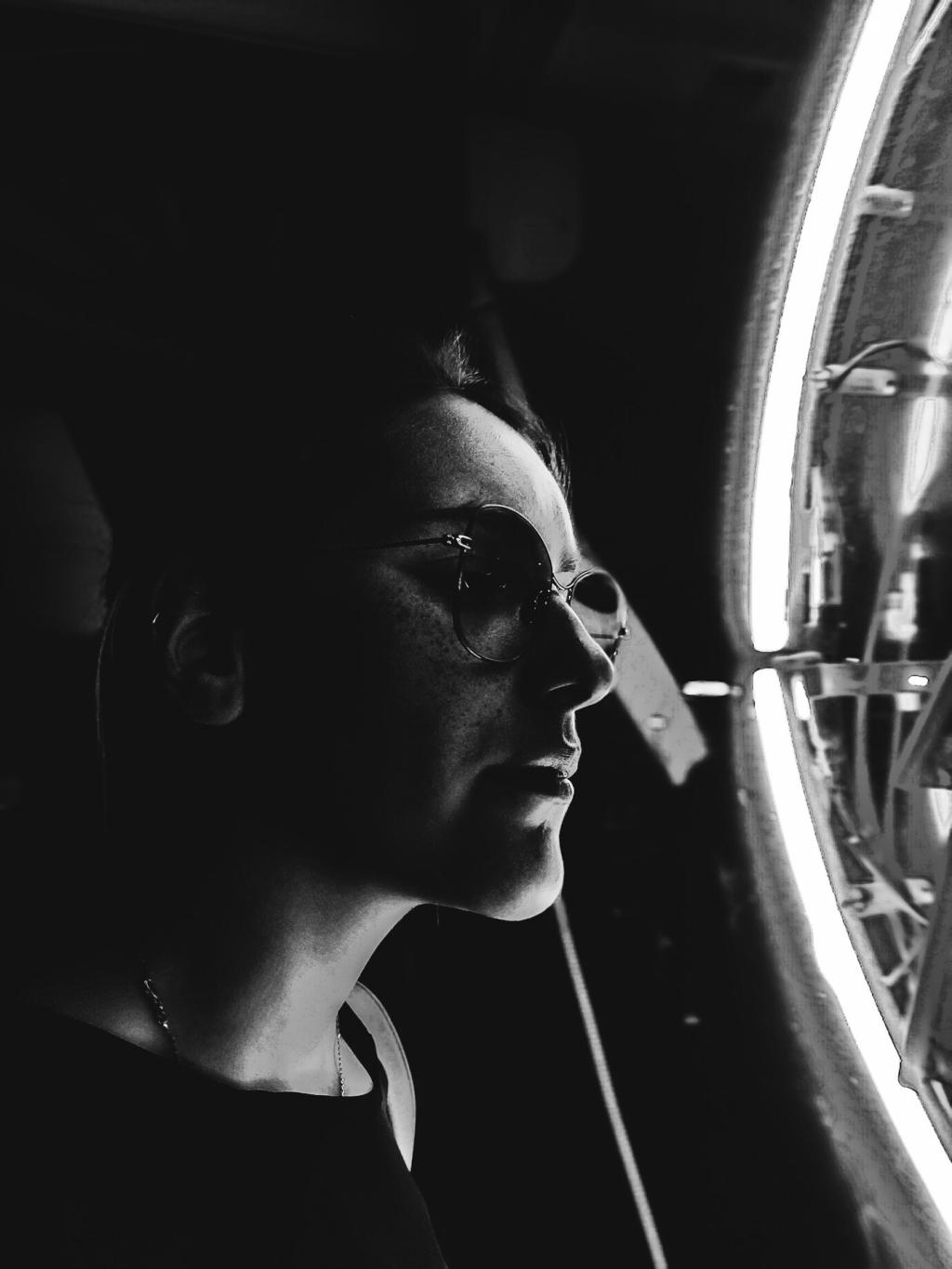Previsualization and Story Before You Pack the Bag
Before opening your camera bag, write five words that describe the mood you want to express, like patient, brittle, luminous, or brooding. Pair them with a tiny mood board of two or three reference images. This keeps your compass steady in the field. Post your five words below.
Previsualization and Story Before You Pack the Bag
Decide which light fits your story. Golden hour embraces warmth and hope, blue hour whispers calm and introspection, and overcast cradles texture. Track tides, wind, and cloud ceilings to align narrative with atmosphere. What combination suits your next project. Share your timing plan and why it matters.



